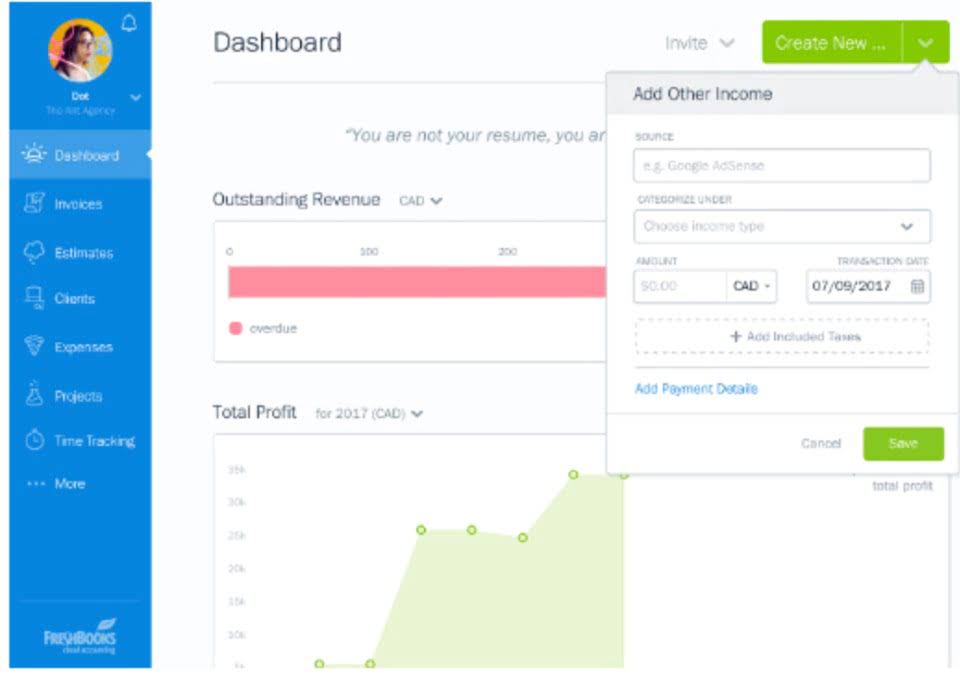Content

Long-term liabilities are usually owed to lending institutions and include notes payable and possibly unearned revenue. This increases the cash account (Asset) by $120,000, and increases the capital stock (Equity) account. This reduces the cash (Asset) account by $29,000 and reduces the accounts payable (Liability) account. This reduces the cash (Asset) account and reduces the accounts payable (Liabilities) account. Recording accounting transactions with the accounting equation means that you use debits and credits to record every transaction, which is known as double-entry bookkeeping.

Like the accounting equation, it shows that a company’s total amount of assets equals the total amount of liabilities plus owner’s (or stockholders’) equity. Thus, you have resources with offsetting claims against those resources, either from creditors or investors. All three components https://www.bookstime.com/articles/do-i-need-a-personal-accountant of the accounting equation appear in the balance sheet, which reveals the financial position of a business at any given point in time. A company’s quarterly and annual reports are basically derived directly from the accounting equations used in bookkeeping practices.
Additional Accounting Equation Issues
The business has paid $250 cash (asset) to repay some of the loan (liability) resulting in both the cash and loan liability reducing by $250. $10,000 of cash (asset) will be received from the bank but the business must also record an equal amount representing the fact that the loan (liability) will eventually need to be repaid. This arrangement can be ideal for sole proprietorships (usually unincorporated businesses owned by one person) in which there is no legal distinction between the owner and the business.

These financial statements give a quick overview of the company’s financial position. The accounting equation makes sure the balance sheet is balanced, showing that transactions are recorded accurately. An accounting equation is a tool businesses of all sizes must use to help keep a handle on their financial health. Even if you have an accountant who handles the numbers for you, you should have a basic understanding of the accounting equation.
Terms Similar to Accounting Equation
Anushka will record revenue (income) of $400 for the sale made. A trade receivable (asset) will be recorded to represent Anushka’s right to receive $400 of cash from the customer in the future. As inventory (asset) has now been sold, it must be removed from the accounting records and a cost of sales (expense) figure recorded.
The asset, liability, and shareholders’ equity portions of the accounting equation are explained further below, noting the different accounts that may be included in each one. In a corporation, capital represents the stockholders’ equity. Thus, the accounting formula essentially shows that what the firm owns what is the accounting equation (its assets) has been purchased with equity and/or liabilities. This is sometimes referred to as the business’s, shareholders’, or owner’s equity. This is the business’s total assets minus its total liabilities. It represents what is left from the assets when all the liabilities have been paid off.
